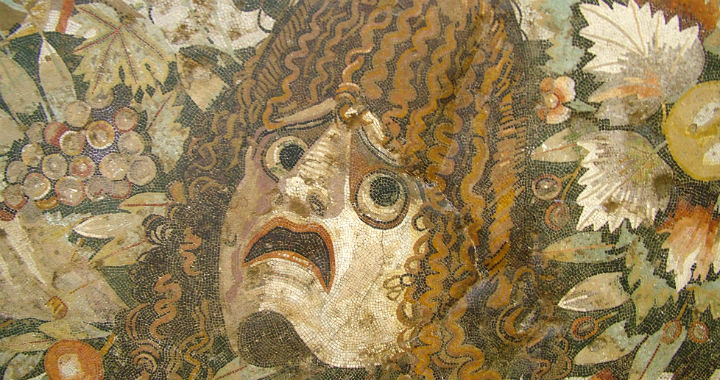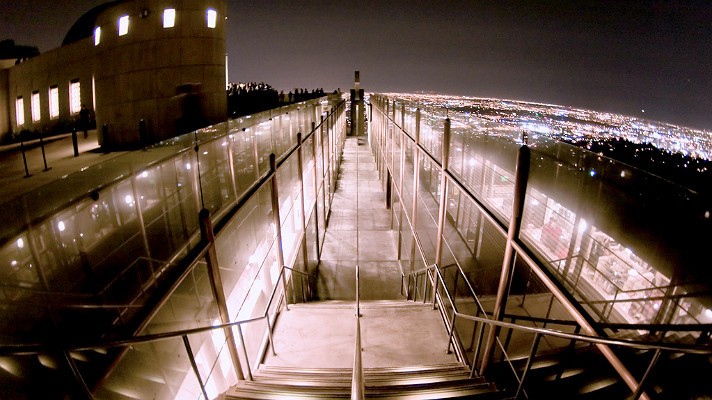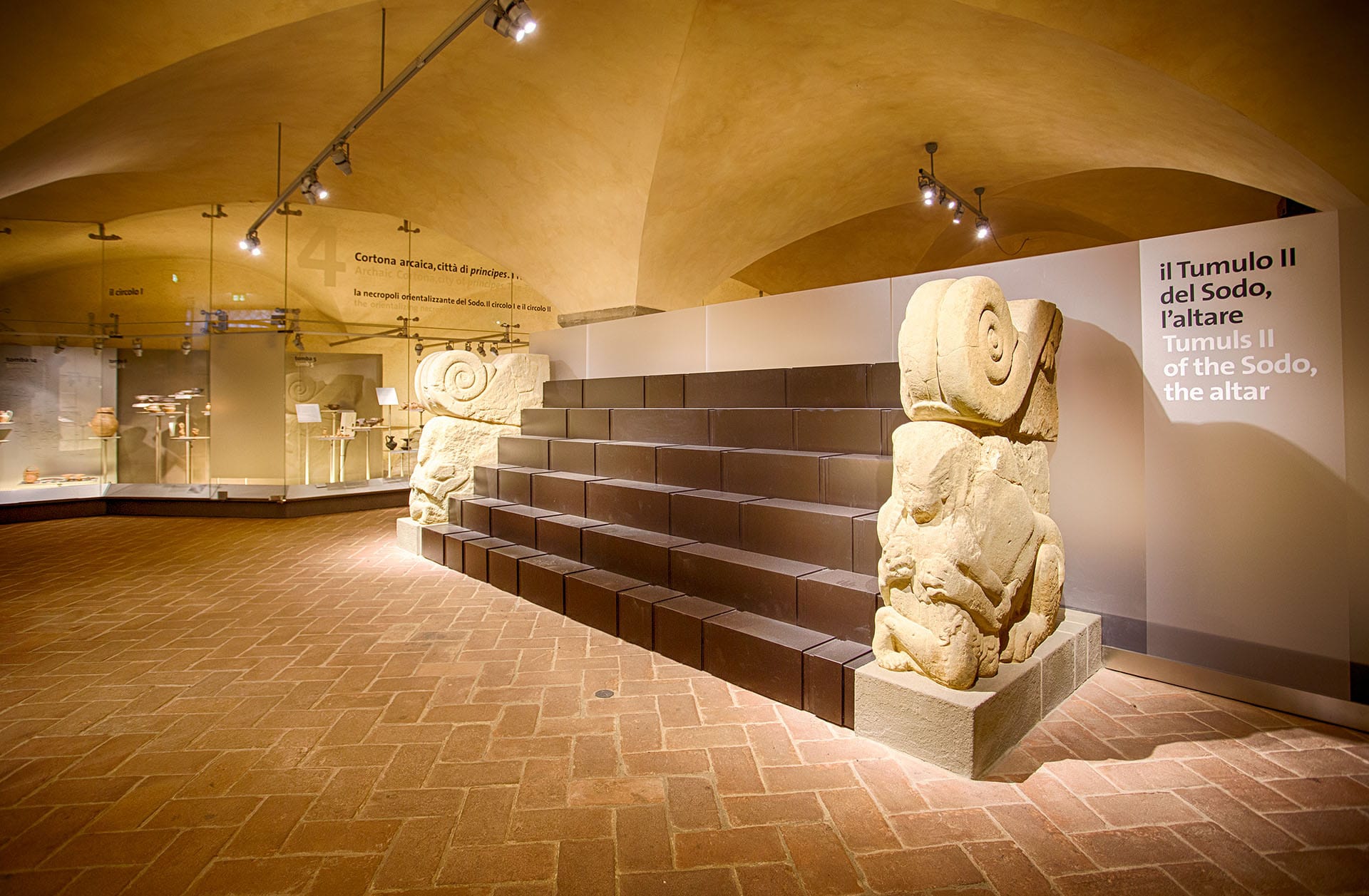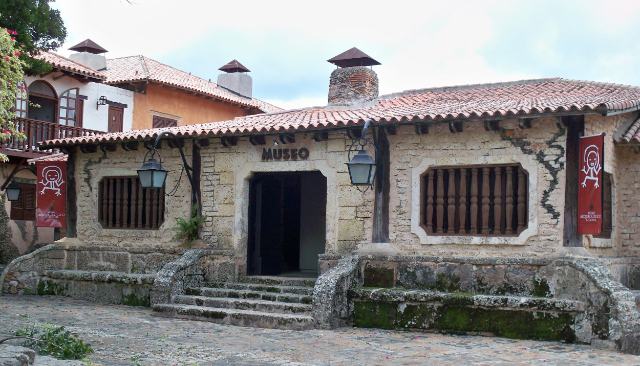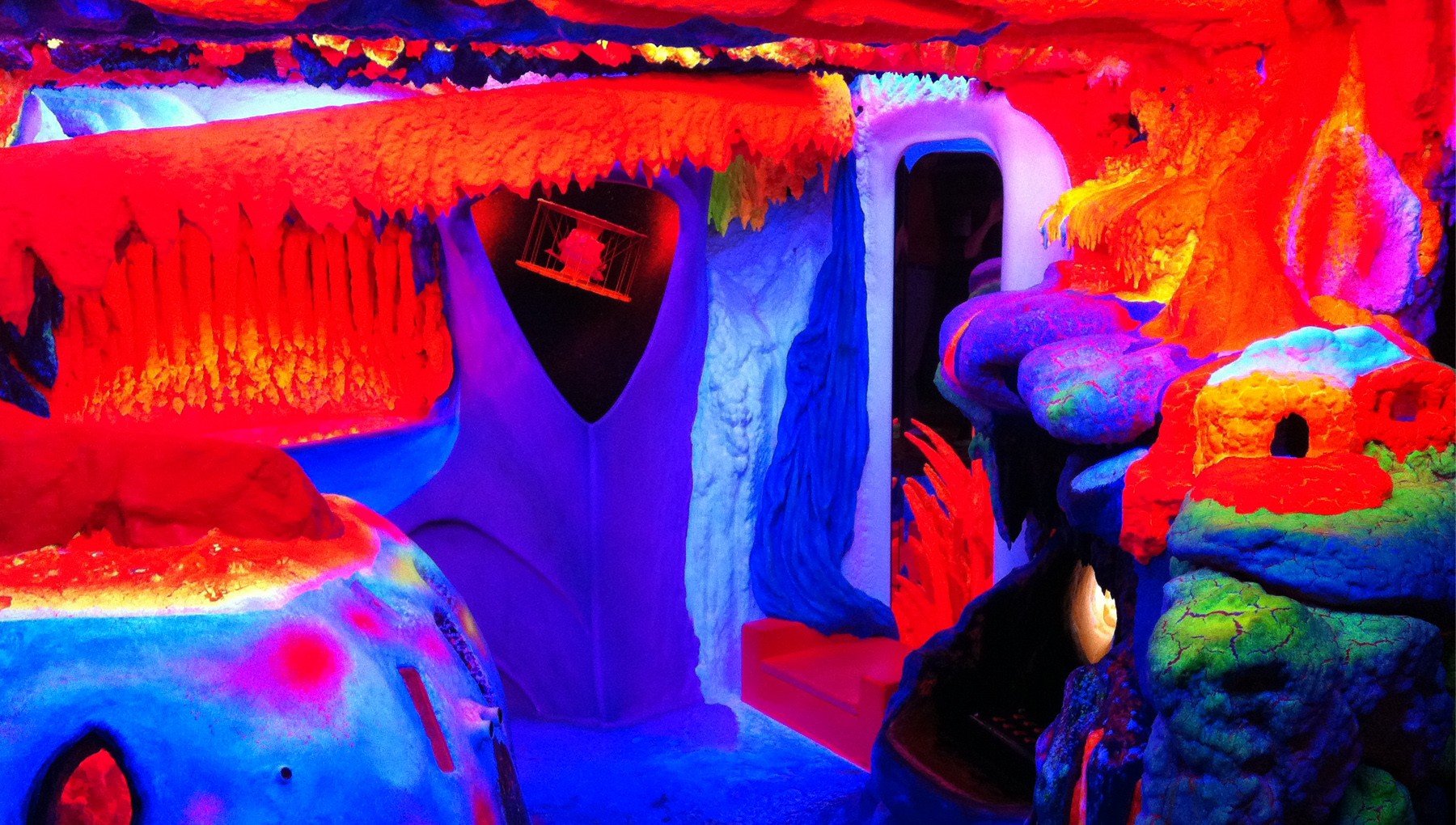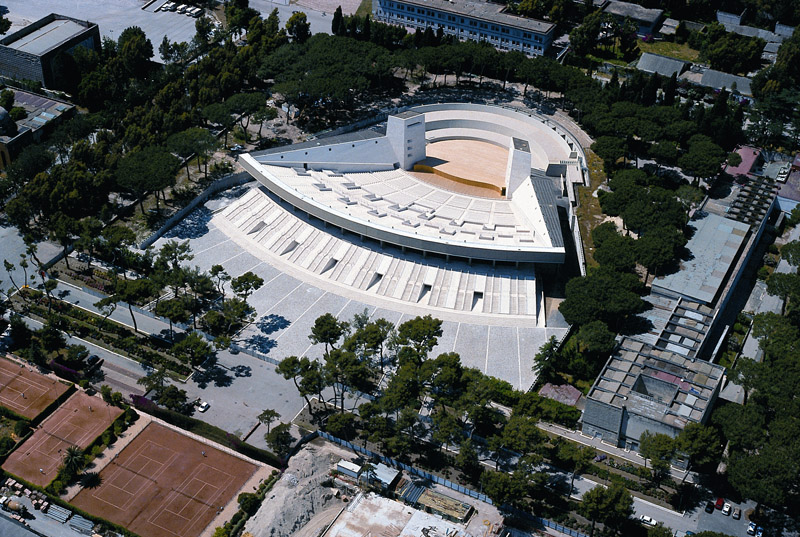The National Archaeological Museum of Naples is one of the most important museums in Italy (and probably in Europe), and houses a priceless heritage of ancient works of art and archaeological artifacts. But this great institution ‘hides’ a peculiarity that few people know, and that until a few years ago was secret, censored. It is the Secret Cabinet, a section of the museum exclusively dedicated to erotic art and sexual exhibits. Very, very explicit, so much so that there is a ban on access for unaccompanied minors under 14 years of age.
The history of the Secret Cabinet is as interesting as the works it exhibits, because the subtext speaks of censorship and the evolution of modesty: where the ancients represented sex in a natural way, our quasi-contemporaries saw depravity, obscenity and sin. In fact, there are many statues, paintings, mosaics, frescoes, everyday objects that over the centuries have represented sex, eroticism, genitals. Scenes sometimes realistic, sometimes between myth and legend. In Naples there are more than 250 works, but they are on display only since 2000. On display is a wide representation of sexuality according to the conception of the ancients, treated according to mythical-religious, cultural, magical, commercial, funeral and even caricatured aspects.
Gabinetto Segreto (Secret Cabinet) is the name that the Bourbons used to collect the numerous sexual works that were being found in the excavations of Pompeii and Herculaneum. Over the years the collection expanded, and, precisely because it was restricted (only ‘selected’ people could admire it), during the revolutionary uprisings of 1848 it became a symbol of civil, intellectual and expression freedom. But the authorities always opposed the public display of these works considered obscene, so much so that on several occasions they threatened to destroy them. Fortunately this did not happen, even if in order to ‘safeguard the reputation’ of the Royal House (the museum was Bourbon property) the works in question were relegated to some rooms permanently closed with triple key. Even some statues of nudes, including several Venus, ended up in this Secret Cabinet.
The Garibaldi’s conquest led to the reopening of the rooms, but during the Kingdom of Italy censorship returned, which became even harsher during the Fascist era (a ministerial permit was required to access them). After the war the Cabinet did not have a better life, only from the ’70s onwards the idea of regulating access to the section began to be considered again – but still only through requests and permits. As mentioned, it was only in 2000 that the collection was visible to the public, thanks to a new layout that involved rooms 62 and 65 of the Archaeological Museum.
